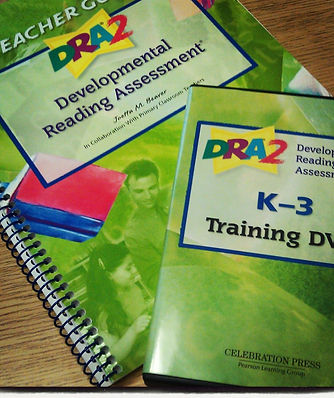
MEDCI

READING

Informal Reading Inventory
What:
Individual tests given by a classroom teacher. The test generally includes graded reading passages and a comprehension check. Some include additional items (ex. interest inventories, sight word recognition, letter recognition).
Who:
These assessments are used for beginning readers to grade 8 (some higher), but primarily used in K-3.
Why:
Teachers use informal reading inventories for several reasons:
-
To diagnose reading problems - oral reading miscues (errors) nd comprehension.
-
To identify the reading levels.
-
To determine cueing systems being used/not being used.
-
To develop interventions.
-
To monitor student growth.
When:
Best used as a pre-assessment of reading and then throughout to monitor growth but can be used whenever needed to identify reading levels, comprehenson skills, and reading miscues.
How:
-
Select the IRI best designed to meet purposes.
-
Determine starting point (see directions specific for instrument being used).
-
Student reads a passage aloud while teacher conducts a running record/record of oral reading identfying miscues.
-
After oral reading, the student either retells the story or answers questions about the story (deterine by IRI selected for use).
-
Teacher analyzes the results of both the oral reading and the comprehension check.